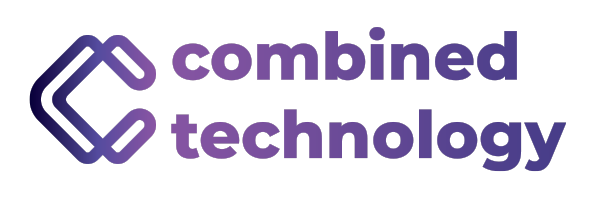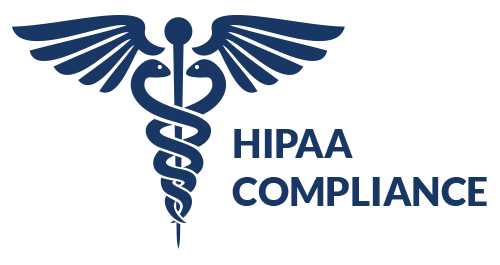IT budgeting is no longer just about hardware refresh cycles or licensing fees. In 2025, it’s about aligning every dollar spent with long-term business outcomes. Whether you’re a growing enterprise or an established organization looking to improve efficiencies, your IT budget should act as a strategic roadmap, not just a list of expenses.
At Combined Technology, we help businesses in Oklahoma plan smarter, future-ready IT budgets that drive performance, reduce waste, and support growth. Here’s how to build an effective IT budget that makes every investment count.
Why Your 2025 IT Budget Needs a Strategic Foundation
Gone are the days when IT budgets were simply reactive. In 2025, CIOs, CFOs, and business leaders must treat technology as a growth enabler. Your IT budget should support:
- Digital transformation initiatives
- Cybersecurity readiness
- Cloud infrastructure and optimization
- Workforce productivity and collaboration
- Regulatory compliance and risk management
When technology and business goals are aligned from the start, budgeting becomes a tool for smarter decision-making, not just cost control.
Start With Business Objectives
Before you start crunching numbers, meet with department heads and leadership to understand key priorities for the year ahead:
- Are you launching a new product or service?
- Planning to open new locations?
- Expecting headcount growth or restructuring?
- Navigating industry-specific compliance changes?
Every IT expense should tie back to these goals. If it doesn’t, it shouldn’t be in your budget.
Not Sure If Your Budget Aligns with Business Goals?
We help IT leaders build and manage budgets that make sense. Book a free consultation with Combined Technology to discuss your 2025 IT planning, uncover waste, and identify smart investments.
Forecasting Costs: OpEx vs. CapEx
Many companies are shifting from capital expenses (CapEx) to operational expenses (OpEx) through cloud adoption and managed services.
CapEx includes physical hardware, on-premise infrastructure, and upfront software licenses. OpEx includes monthly service fees, SaaS tools, and IT support contracts.
While OpEx offers scalability and predictable billing, recurring subscription costs can quickly go unchecked without a structured process. The FinOps Foundation emphasizes that organizations should bring together finance, engineering, and business teams to embed financial accountability into cloud and IT spending .
Prioritize High-Impact Investments
Your 2025 IT budget should focus on technologies and services that directly impact business performance:
- Cybersecurity: A must-have, not a nice-to-have. Prioritize multi-layered protection including endpoint security and 24/7 monitoring.
- Cloud Optimization: Are you paying for unused capacity? Review your cloud IT services and right-size where possible.
- Remote Work Tools: Ensure your remote IT support services are secure and scalable.
- Backup & Disaster Recovery: Protect your business from data loss.
Create a Technology Roadmap
A roadmap shows what you need to invest in now, next, and later. Break it down into:
- Short-term needs (0–6 months): urgent hardware upgrades, contract renewals, compliance audits
- Mid-term goals (6–12 months): cybersecurity improvements, process automation, cloud migration
- Long-term vision (12–24 months): digital transformation, infrastructure modernization, AI adoption
Involve the Right Stakeholders
Budget planning should include voices from every major business unit. IT doesn’t exist in a vacuum. Collaborate with:
- Finance: for accurate cost forecasting and ROI modeling
- HR: for headcount projections and remote work planning
- Operations: for automation and efficiency needs
- Marketing/Sales: for CRM, analytics, and customer experience tools
Cross-functional planning ensures IT investments actually serve the business.
Plan for Hidden and Unexpected Costs
Many IT projects go over budget due to:
- Poor scope definition
- Licensing surprises
- Unforeseen integration issues
- Vendor lock-in
Build a 10-15% contingency buffer for key initiatives and always include line items for:
- Staff training and onboarding
- Change management
- End-of-life hardware or software replacement
Track, Measure, and Adjust
Once your budget is live, it shouldn’t be static. Use IT dashboards and KPIs to track:
- Budget adherence by department or function
- System uptime and incident costs
- ROI from new tools or services
- Cloud usage vs. budget
Monthly or quarterly budget reviews can help catch overspending early and reallocate resources as needed.
At Combined Technology, we bring strategic insight to every aspect of IT, from virtual CIO services to digital transformation and cloud strategy. Ready to make 2025 your most efficient year yet? Let’s build a plan that works.
Get in Touch with Us

Safeguard Your Business with Tulsa's Top Managed IT Provider
At Combined Technology, we provide a flexible, tailored approach to meet your evolving IT needs. Safeguard your business against emerging threats with our expert-managed IT services and customized cybersecurity solutions.





